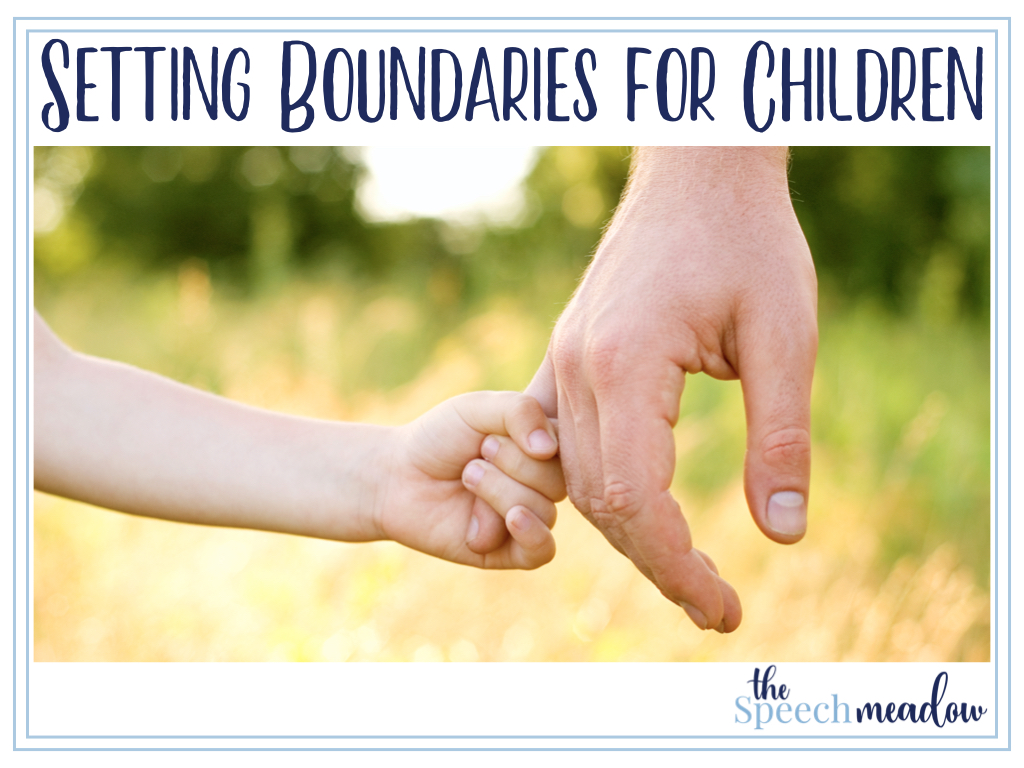The topic of setting boundaries can be a difficult subject for parents and educators, particularly if the child/children in discussion have a speech and language delay. Do you set boundaries? What boundaries do you set? When do you start setting them? And how do you start? Here are some of my thoughts on setting boundaries.

Do you set boundaries?
In short, yes! Do they look the same as boundaries you would set for another child the same age? Maybe, maybe not. Not a clear answer, I know. This leads to…
What boundaries do you set?
It’s essential to look at
- The age of the child. Is it appropriate for a child that age?
- Developmental factors. Is it developmentally suitable for the child?
- Are there any medical considerations?
- Is this a high stakes activity for the child? I typically don’t start with activities/objects that are particularly “high stakes” for the student. You need to think, “Is this hill, I’m willing to die on?”
- Is this a health and safety concern?
- Can I get everyone on board? This can be a tricky one. If the child has many people involved, that means many different opinions and approaches. The most innocuous object/approach can turn in to the biggest fight.
I tend to start with less high stakes boundaries, something that it will help establish boundaries, but it is not soo high stakes that the child will a) be successful, and b) will not be so traumatizing for the child and the adults that it will not succeed. It is often easier to start small and go big than to start big and then have to go small.
When do you start to set boundaries?
I believe that boundary setting should start as early as possible. The sooner a child learns about boundaries, the easier they are to impose, and the better a child usually is at accepting them. If you are setting boundaries at a later age, then I try to meet with the family, school staff, and outside agencies, if possible and set up a game plan. Looking at the questions above and getting a clear game plan usually makes this process more successful. Once we have a plan, then it is time to start.
How do you start?
Well, as stated above, the team tries to come up with a game plan. We look at where to start. What supports do we need to be successful? Often, there will need to be additional supports in place. Visuals are usually a crucial part of the puzzle. Having tools like first/then boards are essential. For more information on visuals, go here. Are there other activities that need to be ready? For example, if you are reducing screen time, then adding in a highly preferred non-screen activity would be advisable.
I found that even with all the planning in the world, the first time or subsequent times, there will be challenges and hiccups. Being consistent and persistent, especially in the beginning, is vital. Also, if it is still not working, then going back and reworking the game plan is critical.
It’s a lot of work, but essential. Good luck!
